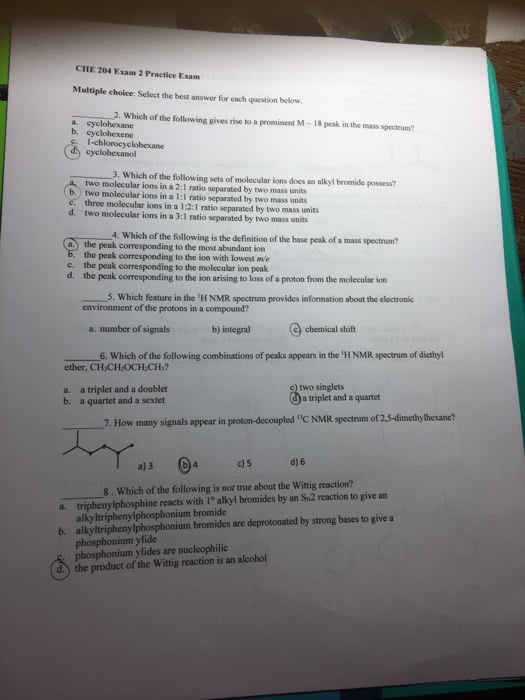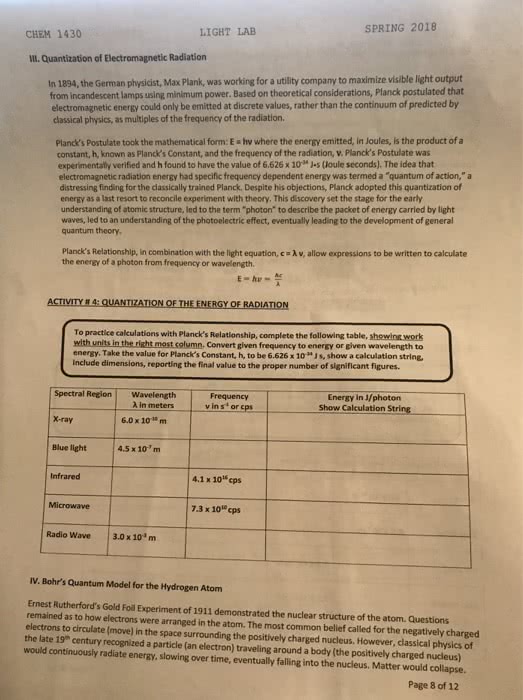CAS CH 131 Study Guide - Comprehensive Midterm Guide: Joseph Proust, Antoine Lavoisier, Sodium Chloride
Document Summary
Atomic theory of matter: provides an historical and logical basis for understanding chemical activity. By the end of the 18th century 2 basic phenomenological laws of chemistry determined: Early in 19th century (1808) john dalton proposed a theory, later known as the atomic postulates: theory, to explain these laws. Dalton"s ideas are summarized by the following 5. 1. matter consists of atoms (greek idea orig. ) minute particles; shown later ~10-8cm (~angstrom. 2. all atoms of a given element are alike; identical in mass and properties. 3. conversely, atoms of diff. elements => diff. properties. In particular, masses of diff. atoms are diff. 4. atoms are indestructible & retain identity in chem reactions, i. e. chem. reaction is just a rearrangement of atoms. 5. atoms of diff. elements combine in simple numerical ratios to form compounds:1:1 =>ab. #2, 3, 5 rationalize law of definite proportions (a given compound always has same proportion of elements by weight. )


